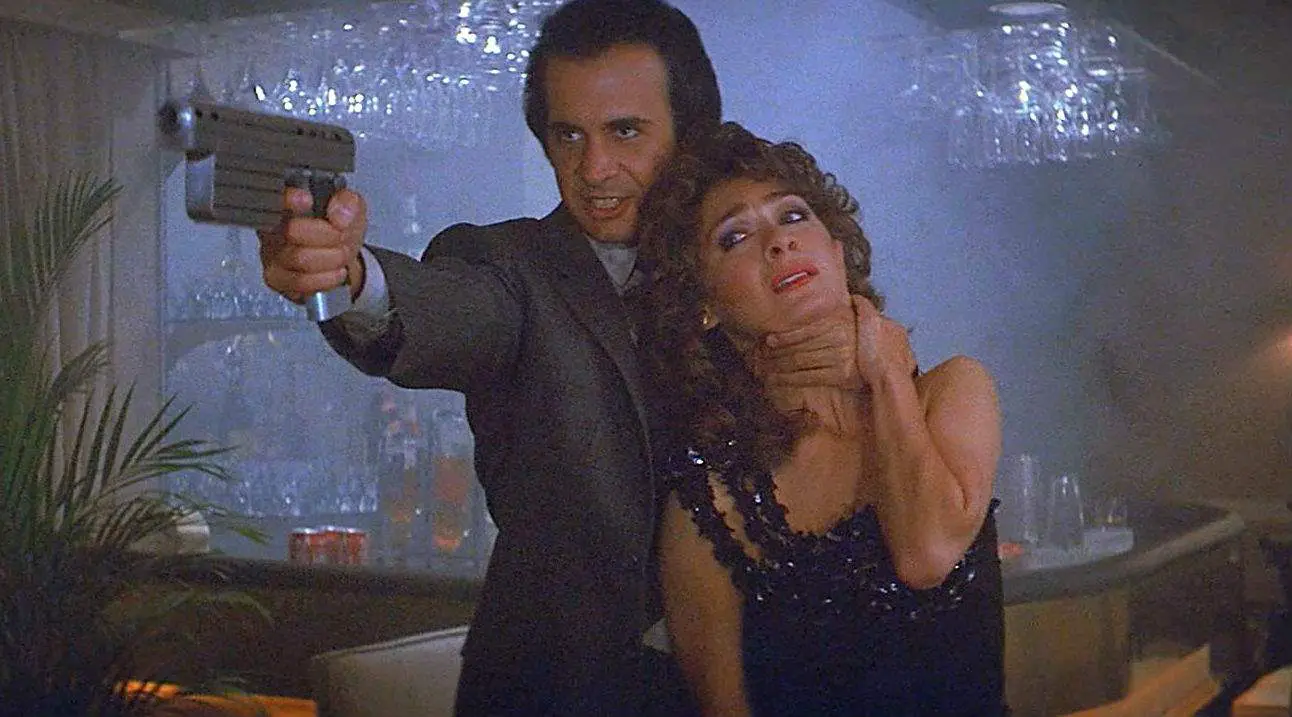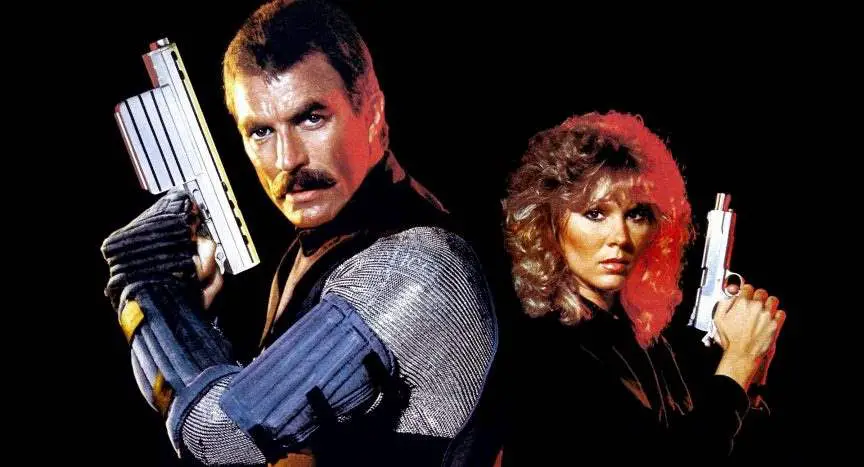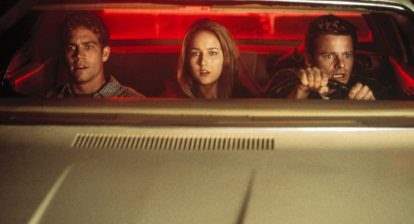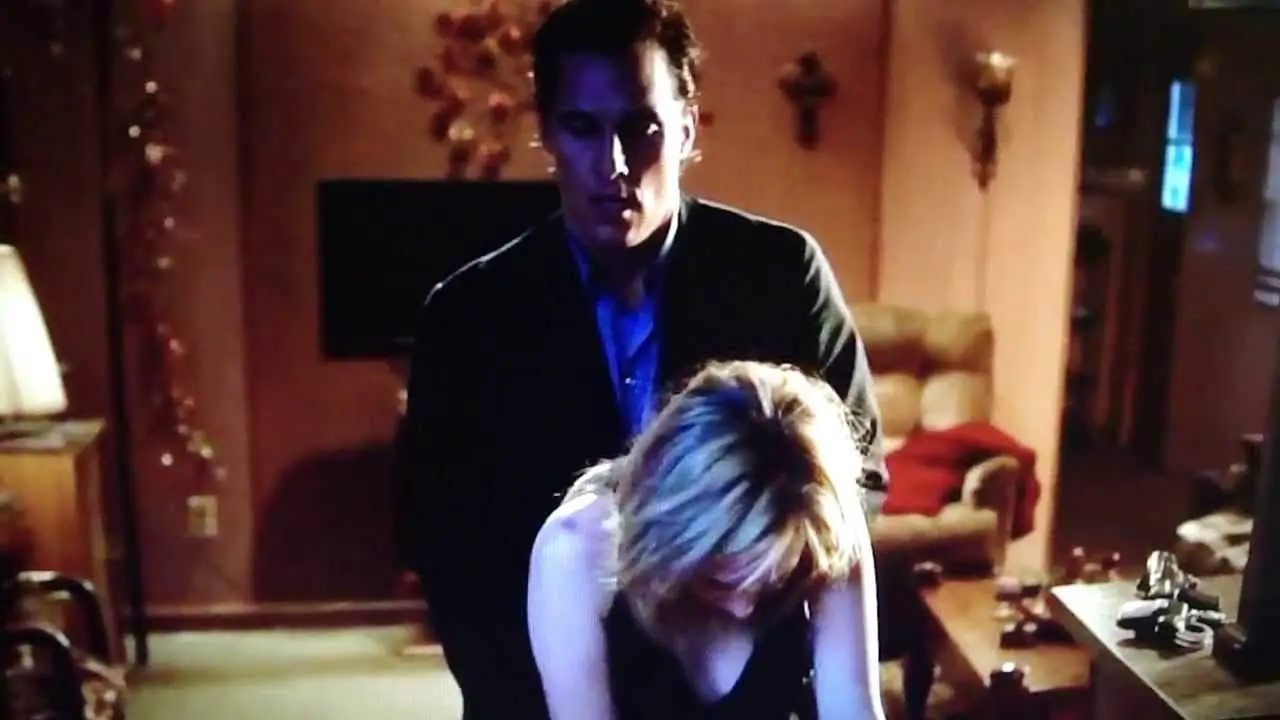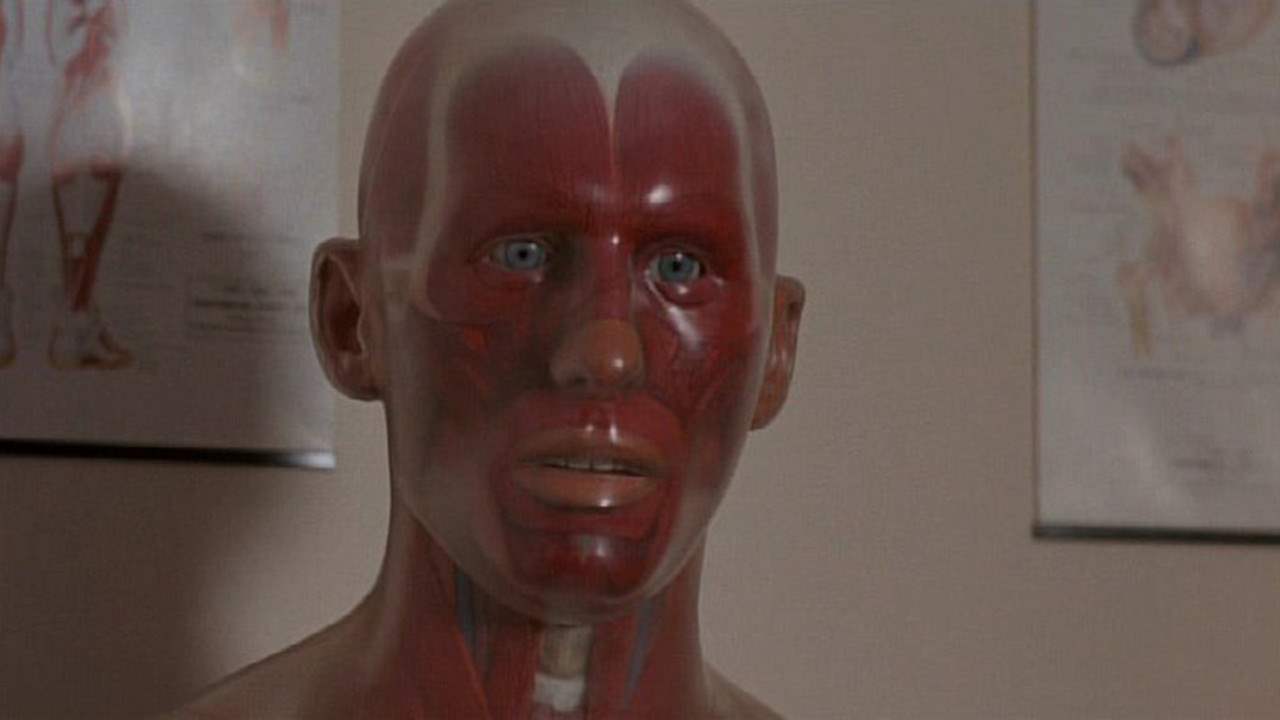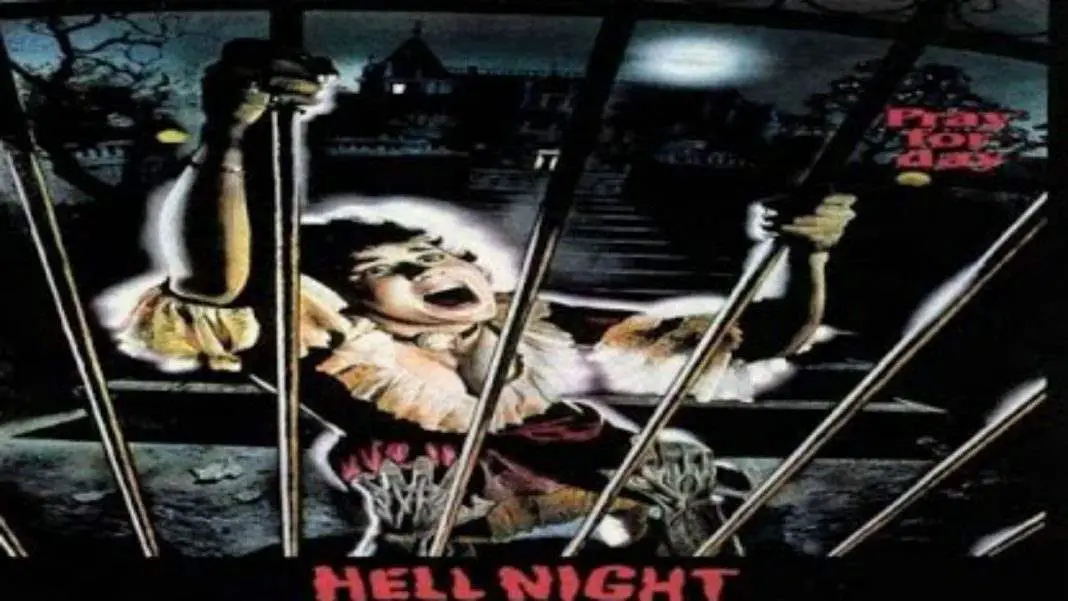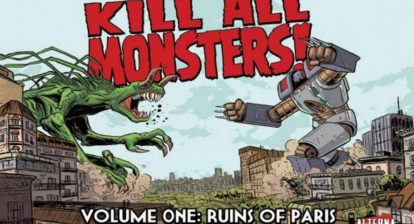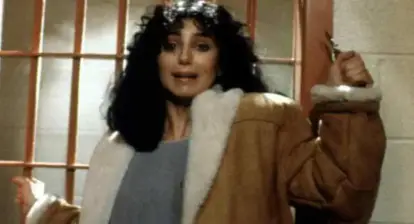Welcome to Back to the ’80s. This recurring feature aims to take a look at the good, the bad, and the ugly from horror’s most beloved decade. Regardless of which category a particular film falls under, this segment will spotlight films that horror fans can appreciate for one reason or another. We will look at how some of these flicks have stood the test of time and others have not aged quite so well. Regardless of what they look like today, these efforts from the 1980s laid the groundwork for the horror genre as we know it today. In this installment, we will be taking a look at Runaway.
In an undisclosed date from the near future, Jack Ramsay (Tom Selleck) is working as an officer of the law. Specifically, he is a member of a department specializing in robots gone haywire. The department is known as the “Runaway Squad.” During this time period technology has advanced to a reliance upon robotic technology for everyday life. This reliance ranges from uses in agriculture to the menial tasks surrounding housework. Occasionally, the robots act up and the specialized police officers from the Runaway Squad step in to help regain control.
Ramsay has been joined by Karen Thompson (Cynthia Rhodes). She is a rookie partner still learning the ropes. After a household robot goes on a murderous rampage, Ramsay and Thompson soon learn of an anomalous microchip added to the robots causing them to have specific destructive tendencies. The two officers follow the clues which eventually lead them to Jackie Rogers (Kirstie Alley) and her maniacal former lover Charles Luther (Gene Simmons). The stakes are soon raised as the technology continues to advance.
Runaway is a 1984 film written and directed by science-fiction icon Michael Crichton. The novelist and screenwriter had mild successes previously with films such as 1973’s Westworld. The 1990s would bring significant triumphs for Crichton with mega-hits based on his work such as Jurassic Park (1993). From a thematic standpoint, Runaway represents his ongoing idea of how technology can do much to enhance the human experience unless fallen into the wrong hands. This feature has the usual spectacle and suspense found in Crichton’s work; however, the main players are often caricatures of real people.
The technology works well enough for the 1980’s time period. Clearly, the machines used have a dated box-like structure instead of the sleek designs we would come to see with contemporary counterparts such as Alexa. Still, there is enough of a prophetic coincidence to unnerve a modern audience. The fact that many families currently have such distantly-related devices in their homes is no longer a thing of science fiction. Or, Michael Crichton’s mind. Which, of course, is one of the elements that makes Runaway work fairly well. The director’s focus on technology in this flick is both imaginative and frightening. While Crichton tends to distort the human characterizations in Runaway, he is spot on with humankind’s relationship to technology.
Related: Six Surprisingly Great Sci-Fi Horror Movies that Nobody Saw!
Typical of the 1980’s fascination with and fear of technology, Runaway expands upon ideas presented in its most obvious counterpart, James Cameron’s The Terminator (1984). Both films center on the idea of technology turning on humankind. Yet, where The Terminator suggests that it is the technology we should fear, Runaway is clear in its statement of human responsibility. In the latter film, these robots are used to not only help with mundane tasks but also provide a nurturing comfort. Ramsay is a widow and has a young son named Bobby (Joey Cramer). Both father and son rely upon their household robot named Lois (voiced by Marilyn Schreffler) to take care of them. In particular, Lois has a bond with Bobby that is incredibly maternal. It is only once the proverbial “bad guys” start messing with the robots do the problems begin.
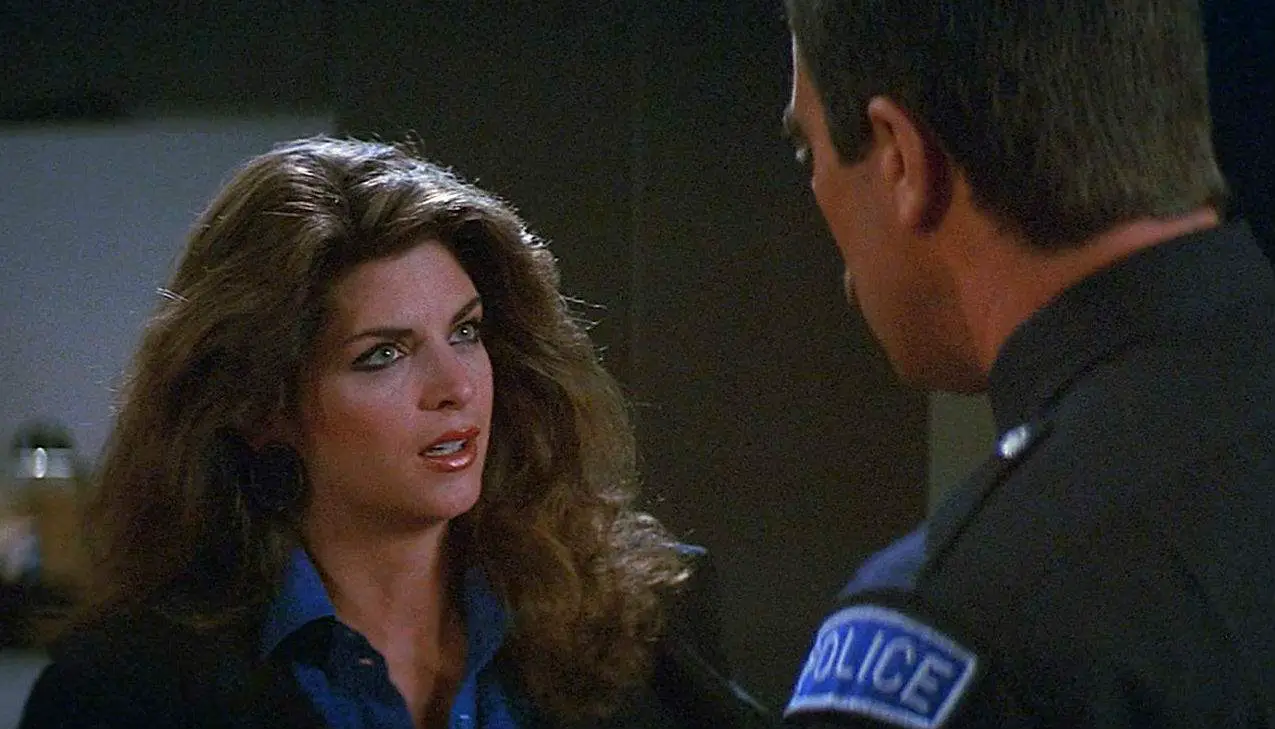
Interesting to examine is the general time frame of the film. In regards to what was available at the time, the technology used in Runaway implies that the events are occurring in the future. Yet, Crichton was deliberately vague about when the feature is supposed to take place. There seems to be a suggestion that everything in Runaway is happening within a parallel time frame. One could infer that this is a representation of where the director thought technology was heading. Or, Crichton is using Runaway as a canvas to illustrate previous science-fiction viewpoints. That this 1984 is where they thought we would be by then. He builds upon the perceived “future” technology of films and literature from the 1950’s-60’s to create a world based on the assumption of what 1984 was supposed to become.
The special-effects and innovative ideas make Runaway an intriguing film to watch. Crichton utilizes these elements to up the suspense level of this thriller. Especially with the climatic spider-like machines at the end. These creatures are rather frightening and work on multiple levels. Additionally, there are scenes that place the viewer in the POV of a specially-developed bullet. Unfortunately, a large focus on the high-tech aspects clearly detracted the filmmakers from balancing out a sense of realism for the characters.
Tom Selleck’s Jack Ramsay is the main focus of Runaway. Selleck’s performance reflects the general problem with the movie. From an acting standpoint, Selleck does a fine job as a masculine cop surprisingly sensitive to those of whom he has affection. The issue is that his character acts illogically from one situation to the next. For example, he falls head-over-heels for “bad girl” Jackie (Alley) while oblivious to the advances from his partner (Rhodes). In order to impress Jackie, he puts everyone in risk in order to show that he is a strong, manly guy.
Also See: Nerd Rage: Engaging Horror Movies about Science and Scientists!
At the time, Selleck was criticized as a television actor trying to make it in film. This unfair assessment is proven wrong. He is more than adequate in the role. The problem is the role itself and this becomes a repeated occurrence with every character in Runaway. Particularly troubling is the portrayal of women. Cynthia Rhodes is believable as an optimistic rookie trying to make her way in this new field. As Karen she is resourceful and courageous. Unfortunately, those behind the scenes seem to find it difficult to believe a beautiful woman would want to be a cop. A backstory is added how she was a dancer and that career did not work out. She could not possibly be a beautiful woman and start off wanting to be a cop. There had to be a reason that she fell into this new career.
Furthermore, Karen and Jackie are both directly influenced by the men in their lives. Karen is smitten with Jack and often has trouble concealing her emotions when it comes to potential rejection. Jackie is a highly intelligent computer developer, and the only active choice she made was falling in love with the wrong guy (Simmons). She appears devoid of any other action and instead spends the rest of the film as an object of the male gaze. There is literally a scene that has her stripping down in front of Jack to prove she is not bugged. In addition to being out of place, this scene just adds another moment to illustrate Karen’s jealousy.
Kirstie Alley and Cynthia Rhodes serve little purpose other than to give the men justifications to act like idiots. Which is a complete waste because, like Selleck, the two women clearly have the talent to perform more complex and defined characters. In the end, Karen does come to the rescue but it is only after she has been completely feminized. With her hair down and in a flowing dress, Jack can finally see her in a different light as a now potential romantic interest. Seemingly, this has been the main reason for her inclusion as a woman in this film, after all.
Rounding out the cast is Gene Simmons as Luther. The character is like one of the lesser known James Bond villains. Nevertheless, Simmons pulls off the role with just the right maniacal touch. He can be wooden in his acting, but there is a quality in his facial features that suggests there is something not quite right. His eyes seem to be laughing when something horrific is happening. As a villain, Luther is lacking a certain depth; however, Simmons uses a natural charisma to believably bring the character to life.
Also See: Back to the ’80s: The Seventh Sign
Overall, Runaway is an exciting thriller for a first-time viewing, but unlikely to bring audiences back for more. The climax sequence is done well to effectively explore Jack Ramsay’s fears. The innovative ideas are fun to explore. Crichton certainly has a knack for understanding humankind’s relationship with technology. Unfortunately, outdated ideas regarding women drag the feature down. This also applies for all the characters which tend to be generic cardboard cutouts of better ideas. Runaway is not outright misogynistic; however, it appears that the filmmakers were ignorant to the potential of strong female characters. The acting is more than adequate. Unfortunately, Crichton has a better understanding of technology than people.
